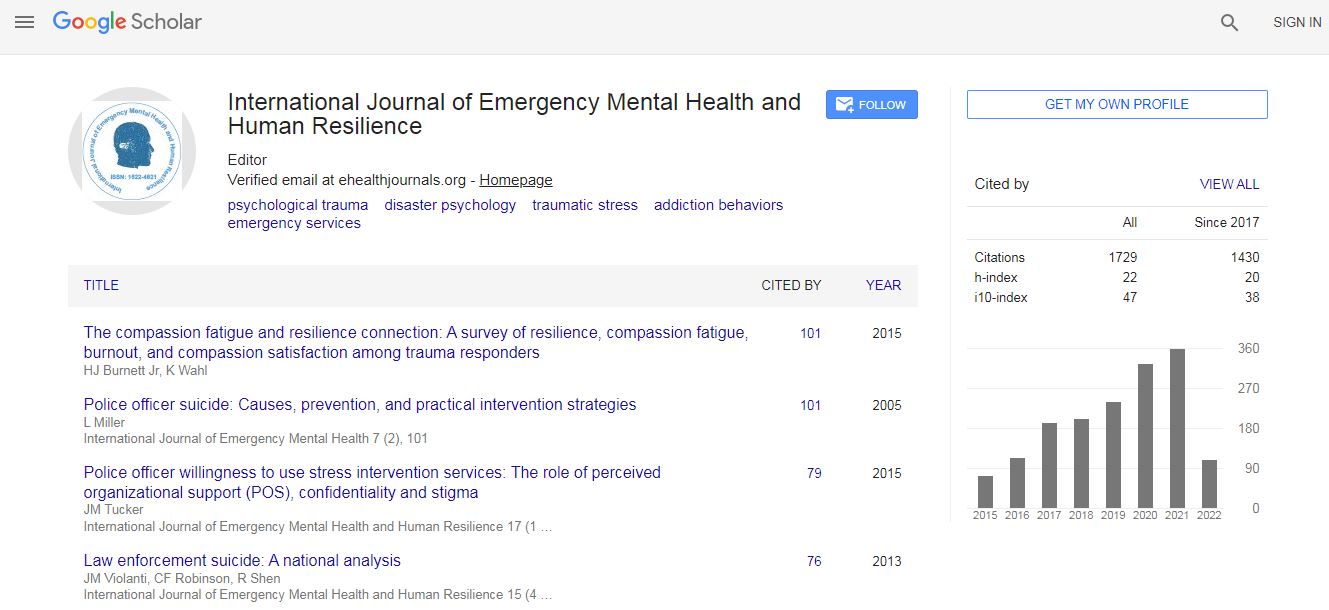Short Communication
The Role of Parents in Safety Planning Interventions with Suicidal Adolescents
Kimberly H. McManama O’Brien1,2,3*, Laika D. Aguinaldo2,4, Joanna Almeida1,5,6, Erina White2
1Simmons School of Social Work, Boston, MA, USA
2Boston Children’s Hospital, Boston, MA, USA
3Harvard Medical School, Boston, MA, USA
4The Ethelyn R. Strong School of Social Work at Norfolk State University, Norfolk, VA, USA
5Harvard Youth Violence Prevention Center, Harvard School of Public Health, Boston, MA, USA
6Institute for Child, Youth and Family Policy, Heller School for Social Policy and Management, Brandeis University, Waltham, MA, USA
Abstract
Suicide is the second leading cause of death for youth ages 10-24 in the United States. The time following discharge from an acute care setting represents a period of especially high risk for suicide among adolescents, but has not been matched by proportionate prevention and intervention efforts. Safety planning procedures, especially those which include means restriction counseling and family communication training, may be especially useful for suicidal adolescents and their parents during the discharge process. Brief interventions that actively involve parents in safety planning have the potential to reduce suicide-related outcomes among suicidal adolescents, and thus warrant an increased clinical and research focus.

 Spanish
Spanish  Chinese
Chinese  Russian
Russian  German
German  French
French  Japanese
Japanese  Portuguese
Portuguese  Hindi
Hindi 